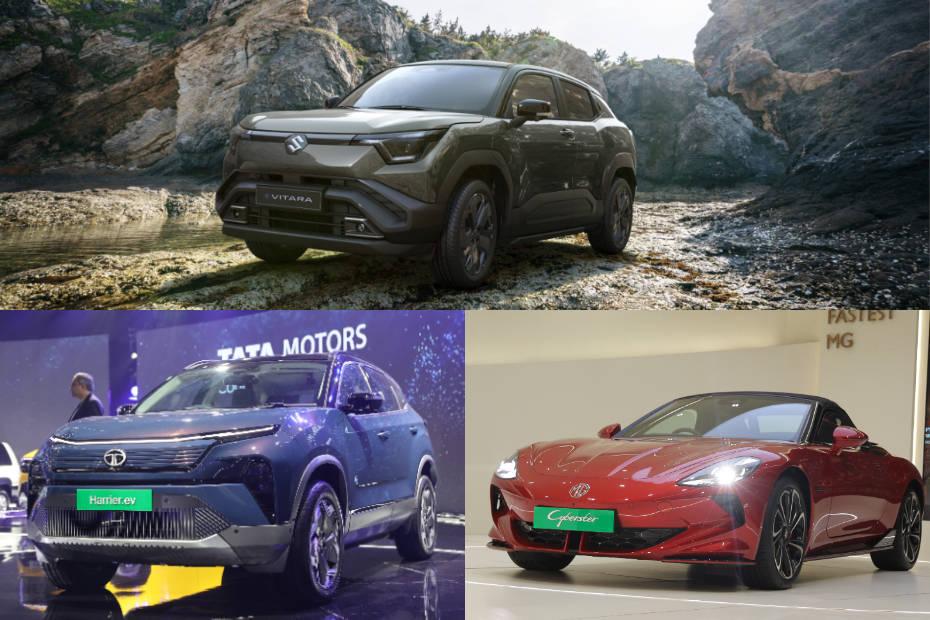Volvo XC90 Accident Is Proof That India Desperately Needs Better Road Safety
Modified On Jan 06, 2025 01:35 PM By CarDekho
- Write a comment
India is recording an average of 4.3 lakh accidents every year and sadly, instead of a downtick, the number has gone higher for 2024

There is no doubt that Indian highways are one of the most dangerous highways in the world. The statistics themselves paint a grim picture. On an average, nearly 4.3 lakh accidents and 1.55 lakh deaths occur on our roads. Nitin Gadkari, the Minister of Road Transport and Highways, said in a parliament session that these numbers are on the rise in 2024.
The latest accident involving a truck falling on top of a Volvo XC90 has sparked a lot of outrage and debate about road safety. Six innocent souls lost their lives in a car, ironically known for acing global crash tests and being among the safest vehicles in the world.
The Car Can’t Be Blamed Here
We used multiple sources of information to analyse this particular accident - CCTV footage from a petrol pump opposite the accident site and recreation of the incident through multiple video renderings. Both of these show different views of the mishap.
The truck driver claims to have steered clear of a speeding hatchback, which braked suddenly due to a commercial vehicle turning abruptly ahead of it. This leads to the truck climbing on the divider, losing control and falling on top of the Volvo.
December 23, 2024
Multiple reports claim that the container was carrying 26 tonnes of steel. The XC90’s roof is rated to carry 100 kg. Simple maths tells us we’re expecting the SUV to bear a weight 260 times more than its capacity.

Any vehicle built with the highest strength of steel, aluminum or carbon fibre wouldn’t have been able to withstand the impact.
Nitin Gadkari Speaks Out
Nitin Gadkari, while addressing questions in the parliament admitted that accidents are on the rise in 2024, despite efforts to nip it in the bud. “Over 59 percent of these accidents are taking place on NH (National Highways) and it’s one of the key areas of concern for me,” he said.
What Needs To Change?
More Stringent Requirements For Issuing Driving License
“We are number one in the world where one can get a driving license easily!”, remarked a chuckling Gadkari in Parliament.

If you’ve got friends or relatives settled abroad, we’re sure car enthusiasts might have questioned how they got their driving licence. The process is often hard in countries such as the United Kingdom, Dubai or Germany. Training from government-approved driving schools, tough theoretical and practical exams and pre-requisites before appearing for driving tests. Failure results in additional training and re-tests before they can reapply.
When have you heard friends from India failing driving tests? We bet it’s mostly never.
Old And Unfit Vehicles Need To Be Off Roads
It’s clear that vehicles that don’t cut the mark or are old should be removed from roads, whether commercial or private. Sadly, the repercussions are higher in the case of commercial vehicles. For example, it’s not uncommon to hear of a truck’s brake failing, resulting in a crash that takes out countless other vehicles on busy highways such as the Mumbai-Pune expressway.
Adding fuel to the fire in such cases are drivers and machines being overworked. Regulatory checks ensuring roadworthiness of vehicles plying on our roads will ensure such incidents don’t happen again.
Follow The Basics
You’d have noticed roads to be super organised in developed countries. Everyone seems to follow lane discipline, speed limits and adheres to the law. Why so? Over and above civic sense, the system is super strict and violations lead to serious consequences.
In stark contrast, laws aren’t enforced as they should in India. A lenient system means even repeat offenders get away scot free more often than not. That’s why no one tends to follow road rules.
Better Road Infrastructure

India is making strides on this front, with the government constructing plenty of highways and expressways. Better road infrastructure leads to smoother and streamlined traffic flow and lesser traffic congestions. The safety aspect also needs to be improved with better illumination, sealing the highway from external factors such as animals and proper exits and entry points.
A Sign Of Hope
India desperately needs a turnaround when it comes to such unfortunate mishaps and the only way it can be changed is by the collective support of the people and the government. Even the minister himself has admitted that both the system and society will have to change.
There are small wins such as India’s own crash test rating program (Bharat NCAP) and standardising safety features such as six airbags. There are reassurances in the form of driver training and vehicle fitness centres being developed across the country. Finally, there’s some hope with the government admitting its folly in awarding ‘lowest bidders’ and choosing to focus on quality instead. The final piece of the puzzle is stricter law enforcement.
Hopefully, we get to see more safer and stricter highways in the future. And hopefully, freak accidents such as these are just an anomaly and not the norm.















